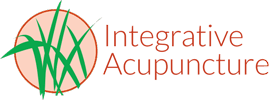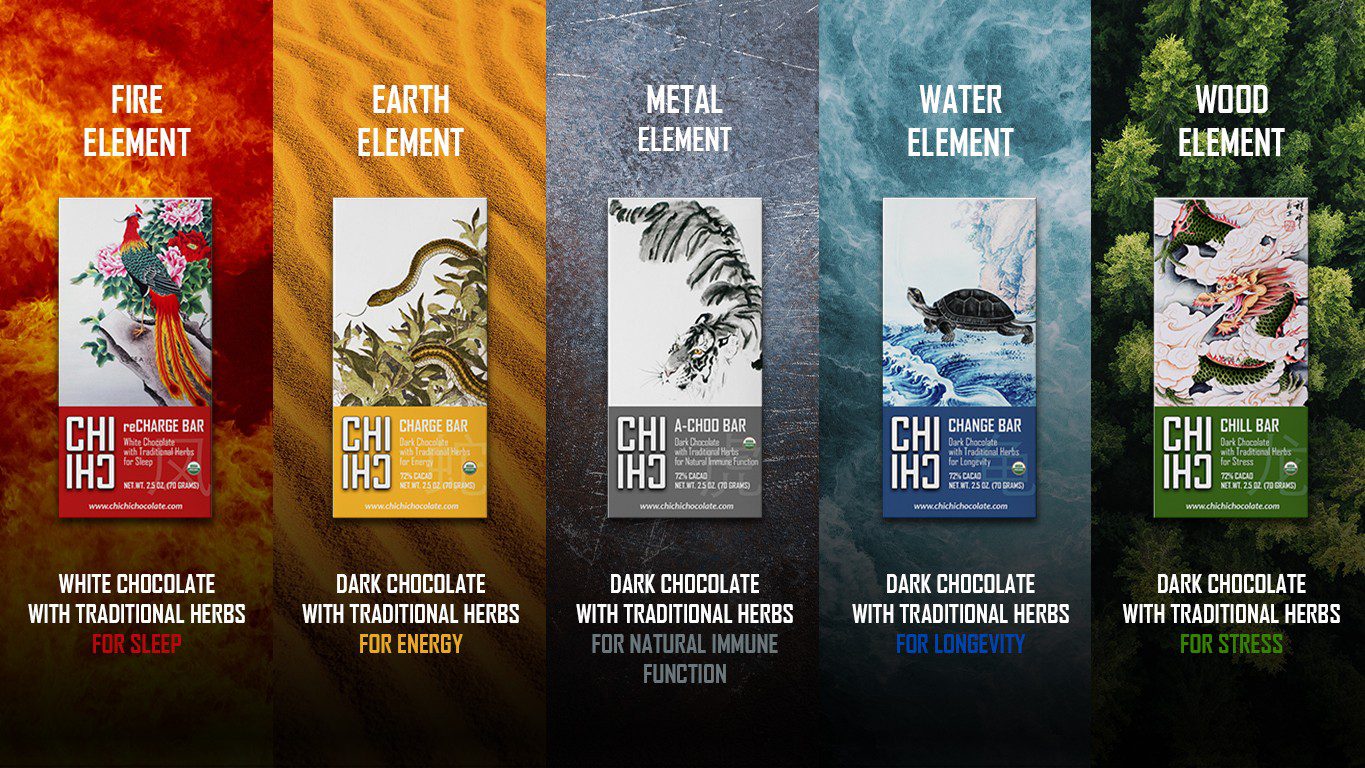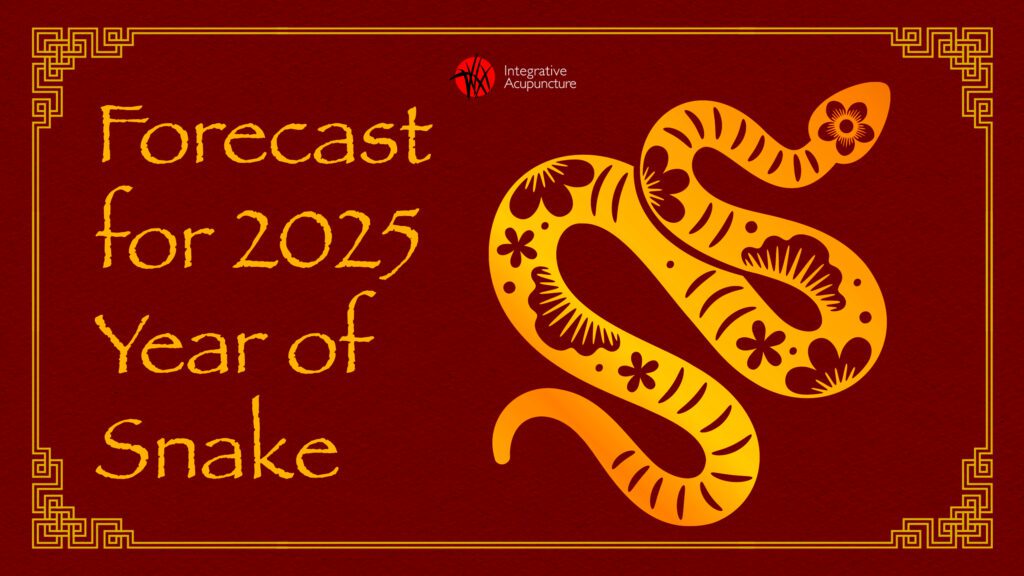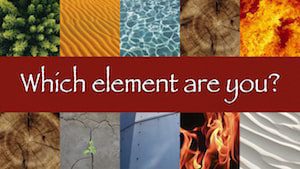The Yin and Yang of Back Pain
In Chinese medical theory, the most basic distinction between types of pain is whether they are due to ‘deficiency’ or ‘stagnation,’ both at the site of pain and systemically. Both types of pain can be stubborn. This article focuses on deficiency type back pain.
Deficiency Pain
Deficiency refers to a lack of one or both of Qi and blood. Each of these can be deficient in a couple of ways themselves.
Qi Deficiency
A deficiency of Qi can be expressed as the inability of a muscle to fully contract and then relax, or as a functional pattern of imbalance due to neurological habituation.
Neurological habituation causes a communication line between some part of the body and the brain to become weak. In this case, Qi can be seen as the impetus of nerve signaling and the ability of the tissue to communicate with its environment.
For example, when sitting at a desk, our bodies don’t generally demand the gluteus muscles to activate (we are just using them as cushions), so after a period of time our brains tend to ignore those muscles in favor of more actively used body parts such as the low back, hands and eyes. Over days, weeks and years of this pattern of inactivity, the neurological connection between our brain and our glutes becomes less robust, and it becomes more difficult to ‘fire’ those muscles when we really do need them, like when running.
This sets up a pattern of a different muscle activating (say, muscles of the low back) to try to perform functions which another muscle is best suited for (say, the glutes). This then leads to the overuse of the low back, but this overuse is actually due to a deficiency in another location. So pain might manifest in the low back or in the glutes (as a referral of pain from the tense low back), all because the original neurological signaling network has been compromised.
Another type of Qi deficiency, the type disallowing the muscle to truly contract and then relax, is tied into general deficiency of the body tissues. This type of deficiency manifests as people age and the muscles become more tense by default, losing the full responsiveness, flexibility and easy range of motion that we experience as children.
Blood Deficiency
Blood deficiency can be due to multiple factors as well, but the two main ideas are either lack of blood flow to the site of pain, or lack of proper oxygenation and nutrition within the blood to power the full potential of the tissues.
An inability of the blood to perfuse the site of pain is compounded by many factors. Some tissues naturally receive more blood than others. For example, skin and muscle tissue have many capillaries providing blood to the tissue, while tendons, ligaments, all kinds of connective tissue and bone often have very little access to fresh blood.
The Chinese medical theory of blood deficiency includes the inability to move the blood to the correct sites at the correct times, and a lack of energy to allow the blood to reach all of the tissues in an optimal way. This impacts the rate of recovery from daily stresses on the tissues. Over time, as these stresses do not repair, they initiate dysfunction and inflammation, which may irritate or impinge nearby nerves.
Once the blood flow has been compromised and pain sets in, the ability of the area to recover blood flow is directly related to how quickly the pain will dissipate and how long it will take to recover completely. The less blood flow, generally the longer the recovery time.
Deficiencies of the content of the blood are related to the function of the organ systems as well as dietary habit. Most famously, magnesium deficiency can cause muscle cramps, so athletes are often advised to eat things like bananas and avocados, fruits high in magnesium.
However, there are many nutrients necessary for optimal function of the musculoskeletal system. According to Chinese medical theory, the ability of the blood to deliver collagen-building material to the connective tissues is just as important as the ability of the blood to deliver magnesium to muscles. Both can lead to major pain if not carried out.
Here in the United States of America, low back pain is the #1 thing we see patients for. We have an incredible track record at helping patients with back pain, check out our testimonials! Contact Us or find an acupuncturist near you to see if they can help!






